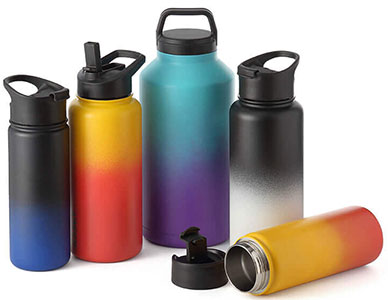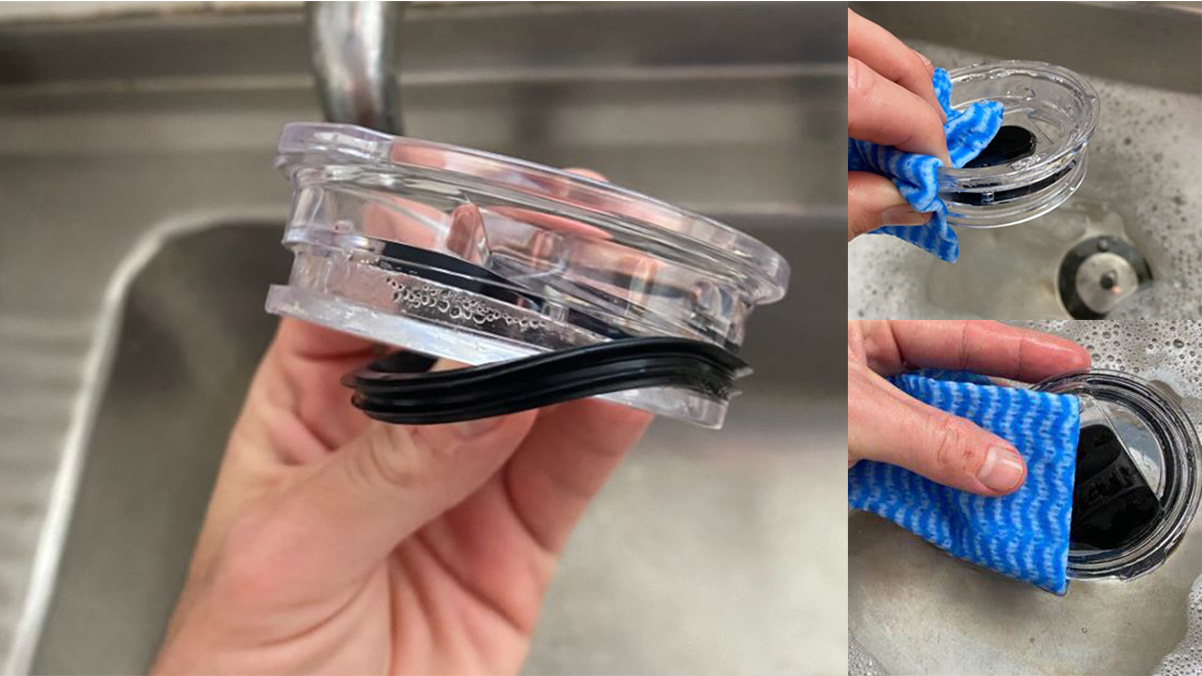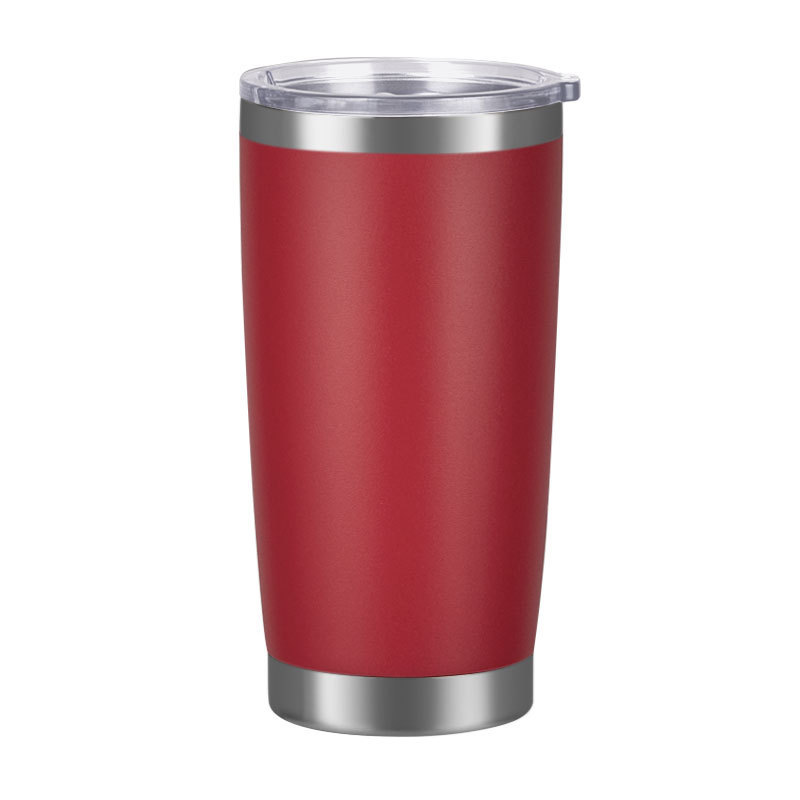Amidst the daily use and attention we give to our favorite drinkware, the lid often finds itself forgotten, quietly accumulating stains and residues that can affect both its appearance and our overall drinking experience. A well-maintained lid not only preserves the functionality and appearance of your cherished Yeti products but also contributes to the overall hygiene and taste of your beverages. Whether you’re dealing with a stainless-steel, plastic, or other material lid, proper cleaning techniques are essential to remove stubborn residues, prevent odors, and extend the lifespan of your lid. Every week, we receive emails that inquiry about tumbler lid cleaning. As a leading wholesale water bottle tumbler manufacturer, we’ll walk you through step-by-step instructions to effortlessly maintain the cleanliness of your Yeti lid, allowing you to continue enjoying your favorite drinks at their best.
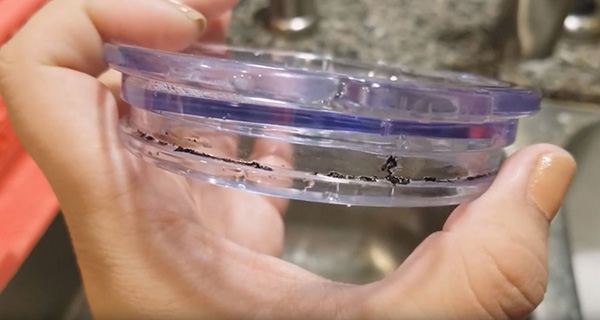
While drinking, the beverages in your Yeti tumbler is hard to avoid contacting. Therefore, stains will accumulate on the Yeti lid as time goes by. To keep your whole tumbler clean and have a good drinking experience, it’s recommended to clean your Yeti lid especially when you hold coffee, juice or hot chocolate with your tumbler. Here we’ll show you deeper reasons:
- Hygiene: The lid comes into direct contact with your mouth and hands every time you use it. Regular cleaning prevents the buildup of bacteria, germs, and food residue that can potentially make you sick.
- Odor and taste: Over time, food and beverage particles can accumulate on the lid, leading to unpleasant odors and affecting the taste of your drinks. Cleaning the lid helps maintain the intended flavor of your beverages.
- Mold and mildew: If moisture gets trapped in the lid, it can create an environment conducive to mold and mildew growth. Regular cleaning and proper drying prevent these issues.
- Longevity: Regular cleaning helps extend the lifespan of your Yeti lid. Certain substances, like acidic liquids or sugary beverages, can potentially corrode the lid’s materials if left unchecked.
- Aesthetics: Keeping your Yeti lid clean contributes to its overall appearance. Stains, discoloration, and visible dirt can make the lid look unappealing.
wholesale 20oz stainless steel tumblers, Unit Price: 4.39
2. How often to clean Yeti lid?
The frequency of cleaning your Yeti lids depends on how often you use it and the types of beverages you typically consume. It’s recommended to just use water to clean the Yeti lid after each use to maintain hygiene. However, there are a few factors to consider:
- Every use: If you use your Yeti frequently, especially for beverages that can leave residues or odors, such as coffee, tea, or flavored drinks, it’s best to clean the lid after every use. This practice ensures that the lid remains clean and ready for your next drink.
- Less frequent use: If you use your Yeti infrequently or only for water, you might be able to clean the lid every few uses. However, it’s still recommended to clean it sooner rather than later to prevent any buildup.
- Special considerations: In situations where the lid has come into contact with sticky or heavily pigmented substances, like fruit juices or sauces, it’s advisable to clean it immediately to avoid staining or lingering flavors.
- Outdoor activities: If you use your Yeti in outdoor settings, such as camping or hiking, where cleanliness might be more challenging to maintain, it’s especially important to clean the lid promptly to prevent the growth of bacteria or mold.
3. What to prepare before you clean Yeti lid?
Before you begin cleaning your Yeti lid, gather the necessary supplies to ensure an effective and thorough cleaning process. Here’s what you should prepare:
- Mild dish soap: Choose a gentle dish soap that is effective at removing residues but won’t harm the lid’s materials.
- Warm water: You’ll need warm water for rinsing and cleaning. Avoid using water that’s too hot, as it could potentially damage the lid.
- Soft cloth or non-abrasive sponge: Select a soft cloth or sponge that won’t scratch the lid’s surface. Avoid abrasive materials that could compromise the lid’s appearance and performance.
- Toothbrush (optional): An old toothbrush can be useful for cleaning hard-to-reach areas, crevices, or small components of the lid.
- Vinegar or baking soda (Optional): If you’re dealing with tough stains or odors, you can prepare a solution of vinegar and water or baking soda and water to help break down the residue.
- Towel for drying: Have a clean towel ready to dry the lid after cleaning. Proper drying helps prevent water spots and mold growth.
4. What are Yeti lid?
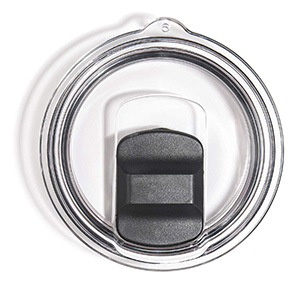
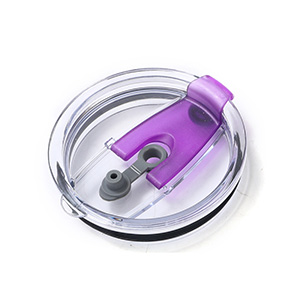
Yeti lids are usually for Yeti tumblers. These lids often come with different features such as sliding covers, flip-top openings, or straw openings, depending on the specific product. There are two types of Yeti lids commonly seen on the market:
MagSlider lid: The MagSlider Lid is a magnetic, sliding lid designed for Yeti’s Rambler Tumblers. It uses magnets to provide a secure closure and help prevent spills, while still allowing you to easily access your drink.
Straw lid: The Straw lid is designed for Yeti’s Rambler Tumblers and Bottles. It features a straw opening, allowing you to sip your drink without having to remove the entire lid.
5. What are the steps to clean Yeti lid?

Step 1 – Disassemble
If you have a Yeti Rambler with a MagSlider Lid, carefully remove the magnetic slider from the lid.
Step 2 – Pre-rinse
Hold the lid under warm running water to remove any loose particles or residue from your last use.
Step 3 – Wash with soap and water
Fill a basin or sink with warm water and add a small amount of mild dish soap. Dip a soft brush or cloth into the soapy water and gently scrub the lid’s surfaces, paying attention to areas that touch your mouth, like the rim.
Step 4 – Clean hard-to-reach areas
If your lid has a straw opening, use a small bottle brush to clean inside the opening thoroughly. Twisting the bottle brush gently can help dislodge any trapped debris.
Step 5 – Rinse thoroughly
Hold the lid under running water again, thoroughly rinsing off all soap residue. Check visually and by touch to ensure that the lid feels clean.
Step 6 – Optional disinfecting
For an extra level of cleanlness, mix equal parts water and white vinegar in a container. Submerge the lid components and let them sit for a few minutes. This can help sanitize the lid. Then, rinse the components thoroughly with water.
Step 7 – Dry completely
Place the cleaned lid components on a clean towel or drying rack. Allow them to air dry completely before proceeding to the next step.
Step 8 – Reassemble
IMake sure to put the lid back together correctly. With the MagSlider Lid, align the magnetic slider over the appropriate opening and let it snap into place.
6. How to clean lid straws?
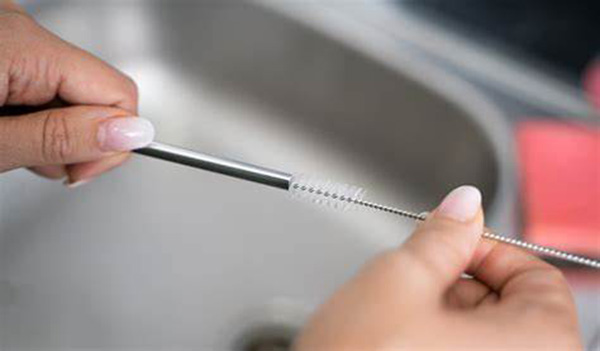
Some Yeti lids are equipped with straws. Using a straw brush can be highly effective in cleaning the narrow interior of the straw, preventing any residue or mold from accumulating. As for straws cleaning, we can follow thees steps:
- Remove the straw from the tumbler lid if it’s detachable.
- Right after using the straw, rinse it with warm water to remove any residue or liquid.
- Squirt a small amount of mild dish soap onto the straw brush’s bristles.
- Insert the brush into one end of the straw. Gently push the brush through the entire length of the straw, pulling it out from the other end. This action will help clean the interior of the straw.
- If needed, repeat the brushing process a few times to ensure the straw is thoroughly cleaned. Pay special attention to any spots that might have residue.
- Rinse the straw under warm water to remove the soap and any loosened debris.
- Shake off any excess water and let them air dry completely.
- Once everything is dry, reattach the straw to the tumbler lid if it’s detachable.
7. What not to do while cleaning Yeti lid?
When cleaning your Yeti lid, there are certain things you should avoid to ensure that you don’t damage the lid or compromise its performance.
- Avoid using harsh chemicals: Do not use abrasive cleaners, bleach, or harsh chemicals. These can damage the lid’s materials and affect its appearance.
- Don’t use abrasive tools: Avoid using abrasive scrub brushes, scouring pads, or steel wool. These can scratch the lid’s surface and potentially create places for bacteria to grow.
- Avoid excessive force: Do not use excessive force when scrubbing the lid, especially around seals or moving parts. This can cause damage and affect the lid’s performance.
- Don’t use boiling water: Avoid using boiling water to clean the lid, especially if it contains plastic parts. High temperatures can warp or damage the lid.
- Don’t neglect seals and gaskets: When cleaning, make sure to clean around seals, gaskets, and other hidden areas where dirt and grime can accumulate. Neglecting these areas can lead to odor or mold growth.
- Don’t skip drying: After cleaning, thoroughly dry all components of the lid, including any moving parts or crevices, before reassembling it. Moisture can lead to mold or mildew growth.
- Avoid freezing or microwaving: Yeti lids are typically not designed to be frozen or microwaved. Check the manufacturer’s guidelines before attempting either.
8. Conclusion
Regular Yeti lids cleaning is an inevitable part for your Yeti maintenance. Besides, good hygiene is also important to our health. Whatever you drink, coffee, tea or cola, a clean Yeti lid can give you a better drinking experience. For more information, please contact us!
